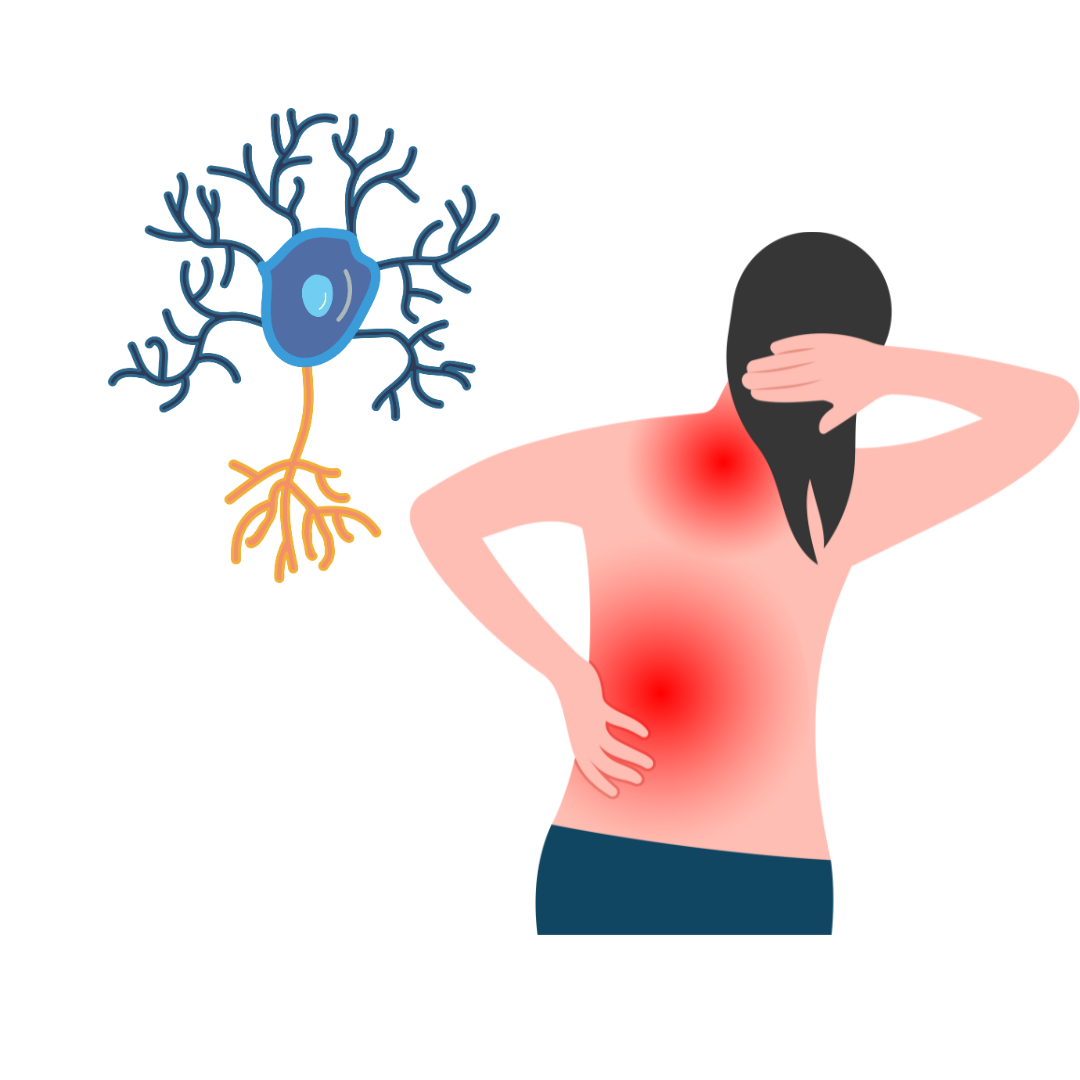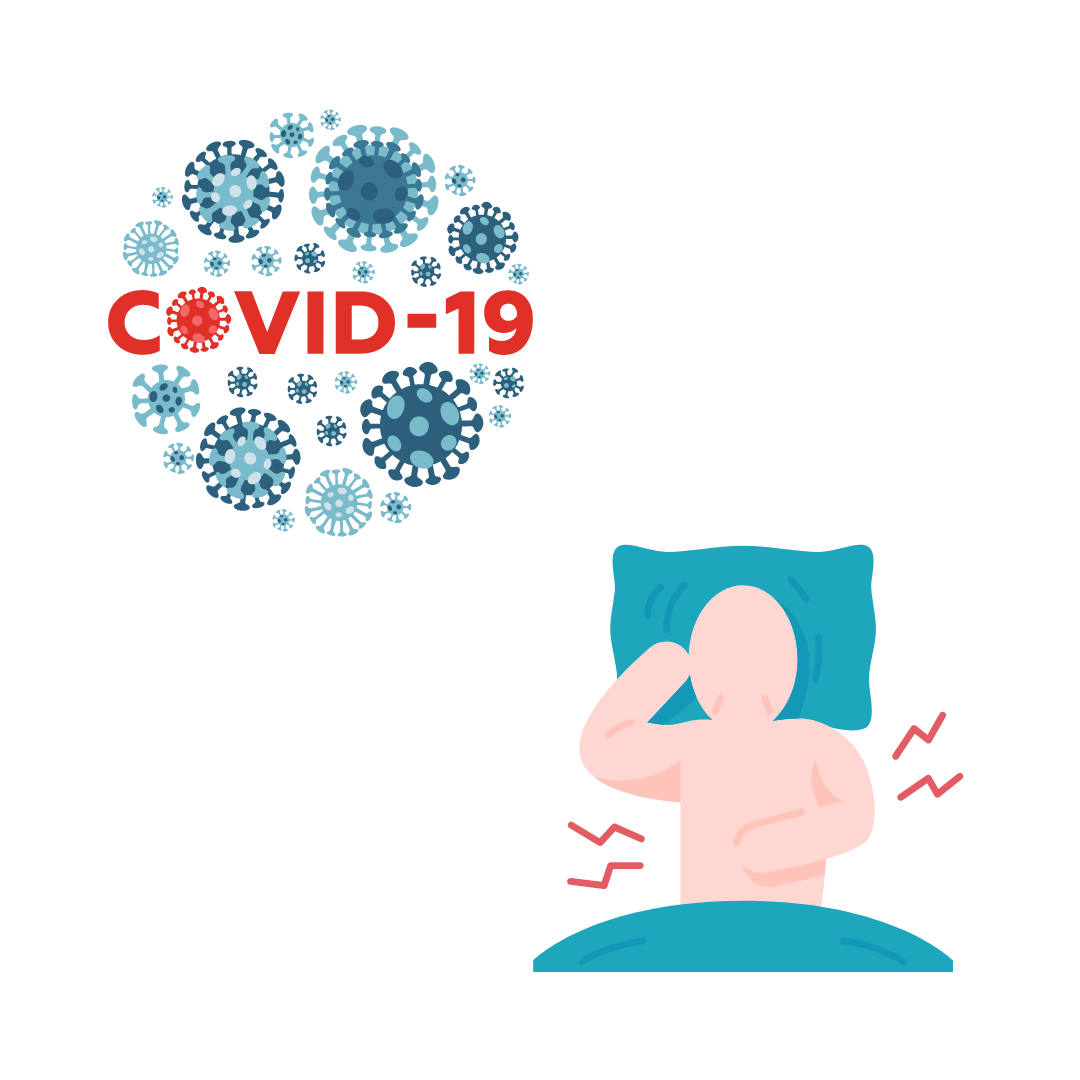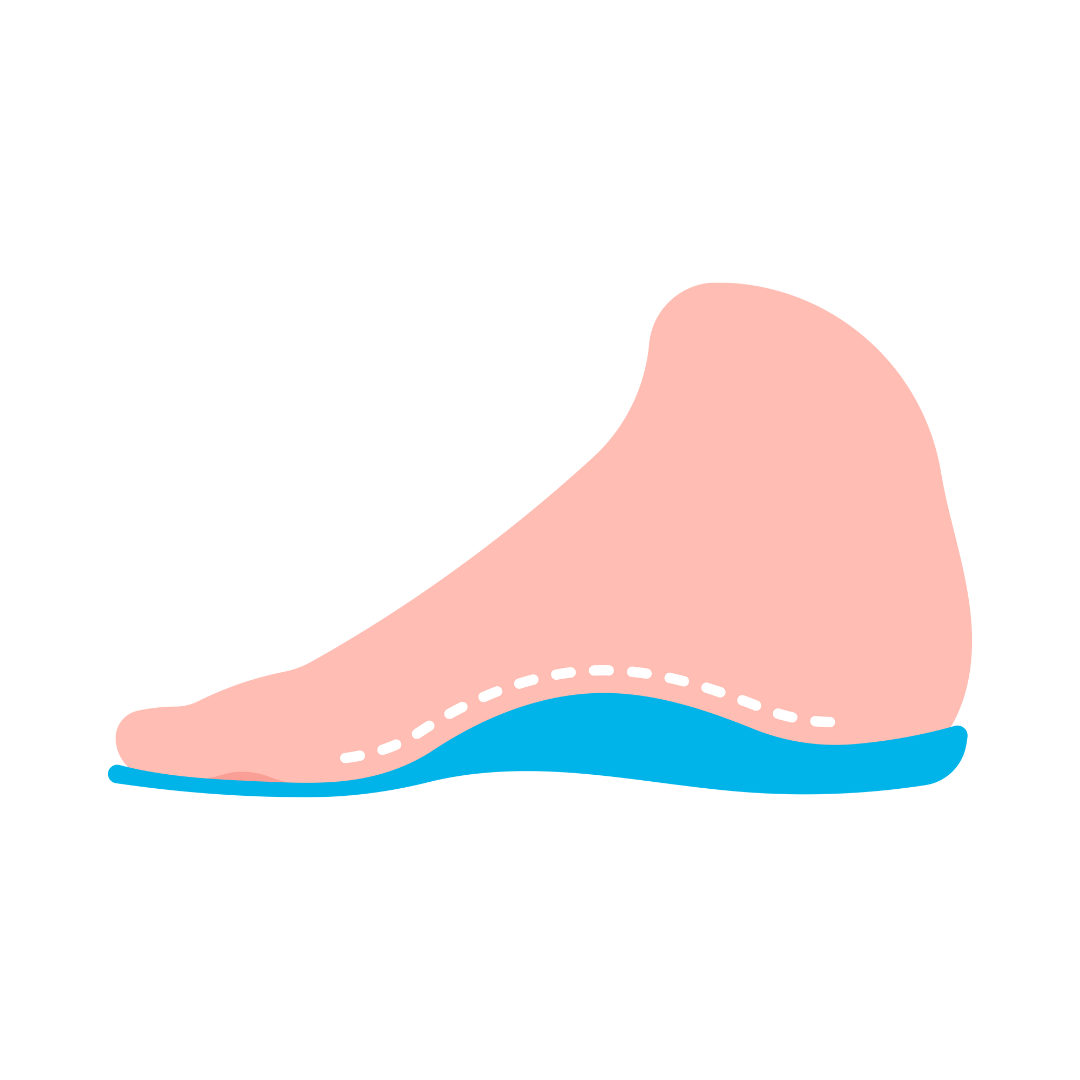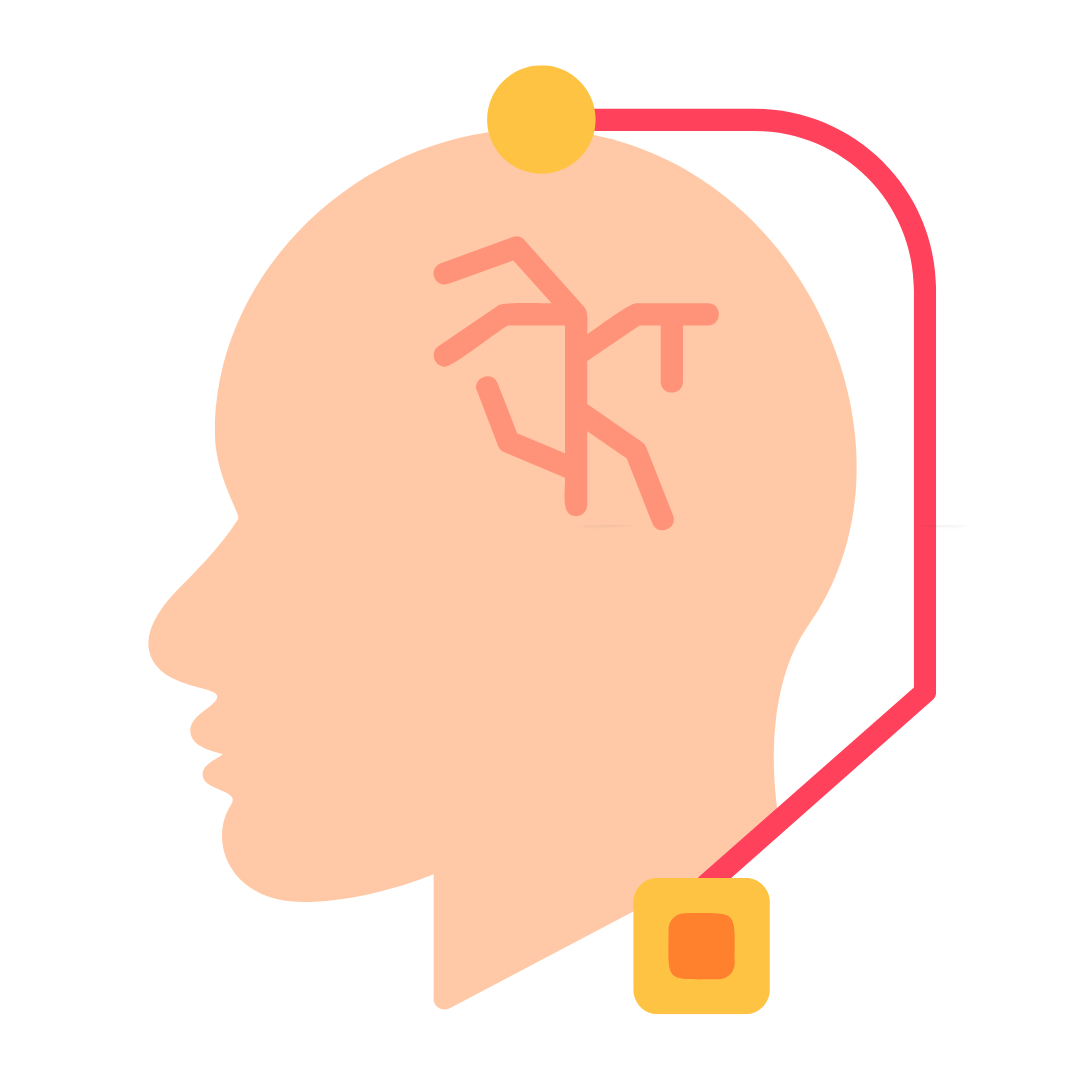Blog

The Role of Dorsal Root Ganglia in Fibromyalgia: Insights into Pain Generation
The dorsal root ganglia (DRG) are clusters of nerve cells located along the spine, specifically where nerve roots emerge from the spinal cord. These ganglia are composed of the cell bodies of sensory neurons, which are responsible for transmitting sensory information from the body to the brain. Each DRG contains thousands of these sensory nerve cell bodies, tightly enveloped by supportive cells called glial cells. The DRG play a crucial role in processing and transmitting signals related to touch, temperature, and pain sensations. They also contain various molecules and receptors involved in inflammation, immune response, and pain modulation. In conditions like fibromyalgia, these ganglia may become hyperactive or sensitized, contributing to the experience of chronic pain. This study delves into the intricate world of DRG and its potential role as the main source of pain in fibromyalgia, a condition characterized by widespread pain, fatigue, and other symptoms. DRG, found along the spine, possess unique features allowing them to convert various stressful signals, including psychological distress, into neuropathic pain. They house a plethora of inflammatory and nociceptive molecules and are closely connected to the sympathetic nervous system aka the "fight or flight system". Recent findings of small nerve fiber pathology in fibromyalgia patients further support the notion of DRG involvement in this condition. Advanced neuroimaging techniques offer promising avenues for understanding DRG function in fibromyalgia and developing targeted therapies. Overall, this study highlights the potential of DRG as a therapeutic target for alleviating fibromyalgia pain and underscores the need for further research in this area.
Read More
Post-COVID-19 Fibromyalgia Development: New Research Links Recovery to Chronic Pain and Fatigue
A recent study explored the connection between COVID-19 recovery and the development of fibromyalgia, a condition characterized by chronic pain, fatigue, and cognitive issues. Conducted through an online survey, the research found that about 30% of individuals who had recovered from COVID-19 experienced symptoms meeting the criteria for fibromyalgia. Notably, the study identified obesity and male gender as significant risk factors for developing post-COVID-19 fibromyalgia. This highlights the need for greater awareness and potential management strategies for chronic symptoms in post-COVID-19 patients. The study underscores that lingering symptoms of COVID-19 can be severe and multifaceted, affecting patients long after the initial infection has resolved.
Read More
Platelet-Rich Plasma Therapy Offers Significant Pain Relief for Women with Knee Osteoarthritis
This study explored how men and women with knee osteoarthritis (KOA) respond to platelet-rich plasma (PRP) therapy, which involves injecting a concentration of the patient's platelets to aid healing. Researchers treated 418 patients with three weekly PRP injections and assessed their pain and overall health before and six months after treatment. Women, who initially experienced more severe pain and poorer physical and mental health than men, showed significant improvement. By the end of the study, a higher percentage of women reported meaningful pain relief compared to men, highlighting that PRP can be an effective treatment for knee osteoarthritis, especially for women.
Read More
Finding Relief: How Custom Shoe Orthotics and Chiropractic Care Ease Chronic Back Pain
This study explored the effectiveness of custom-made shoe orthotics in treating chronic low back pain (CLBP). For 6 weeks, 225 adult participants were divided into three treatment groups: one received orthotics, another received orthotics plus chiropractic care, and a control group received no immediate treatment. After six weeks, both orthotics groups showed significant improvements in pain and daily function compared to the control group, with additional functional benefits observed in the group receiving chiropractic care. After the 6-week point, all subjects received orthotics, which explains why the differences between groups diminished after 12 weeks and were negligible. However, the positive effects of orthotics on pain and function persisted for up to 12 months. The study suggests that custom-made orthotics can effectively reduce CLBP and enhance daily activities, with added benefits from chiropractic care.
Read More
New Trial Shows Deep Brain Stimulation Could Ease Chronic Low Back Pain
A groundbreaking trial has shown promising results for using deep brain stimulation (DBS) to treat chronic low back pain, offering hope to patients who haven't found relief from other treatments. In this trial, a 50-year-old man with over 20 years of severe back pain underwent DBS targeting a specific brain region known as the subgenual cingulate cortex (SCC). This area is involved in processing pain and emotions. 6 months after the procedure, the patient experienced a significant reduction in pain and disability. His pain levels dropped by 75%, anxiety related to pain decreased by 86%, and his overall disability score improved by 90%. Additionally, his use of opioids for pain management decreased by 95%. Importantly, the procedure was well tolerated, with no serious side effects reported. This trial, led by Dr. Ausaf A. Bari at UCLA, suggests that DBS could be a viable option for patients with severe low back pain who have exhausted other treatments such as medications, physical therapy, and spinal cord stimulation (SCS). Unlike SCS, DBS targets brain circuits that are altered in chronic pain conditions, potentially offering more effective relief. While these initial results are promising, more extensive studies are needed to confirm the benefits and determine the best ways to implement this treatment for a broader patient population. This research represents a significant step forward in chronic pain management, providing new hope for patients suffering from persistent, debilitating back pain.
Read More